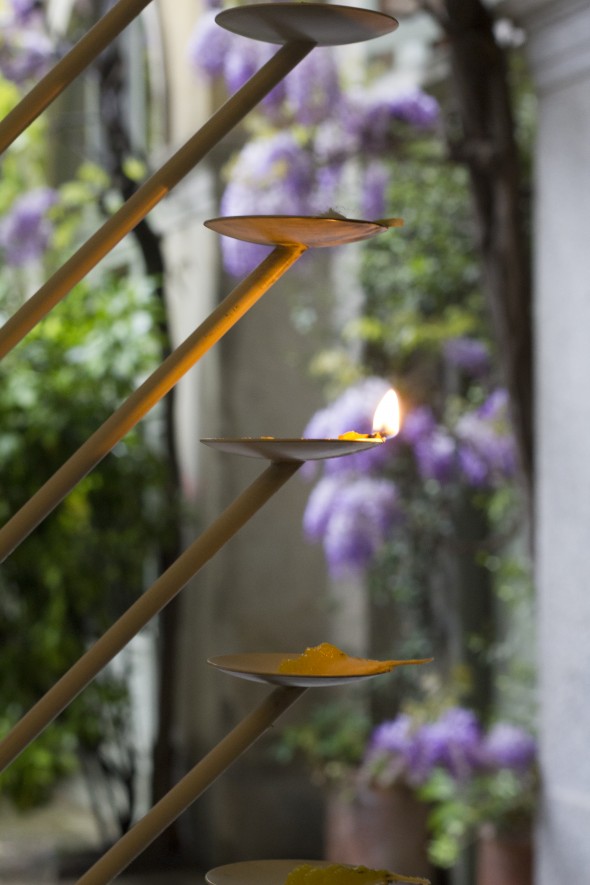
welcome home. milan design week 2015.
In one of the more successful brand interventions at a Milan Design Week that was criticized for being too commercial, airbnb partnered with Fabrica to create Housewarming. 19 international designers were invited to interpret the theme of “welcome” and the results were displayed in Palazzo Crespi, a private home never before opened to the public, that was originally built to celebrate the coronation of Napoleon Bonaparte, along with the other buildings on Corso Venezia.
Nikita Bhate’s Samai took inspiration from the Indian ritual of lighting candles. It is a mark of honor to ask a guest in your home to light a candle, and Nikita asked all those visiting Housewarming to light one. “This is my own interpretation of the piece,” said the designer. “I wanted this object to grow with time, so as you see now as the guests come it will keep on getting better.”
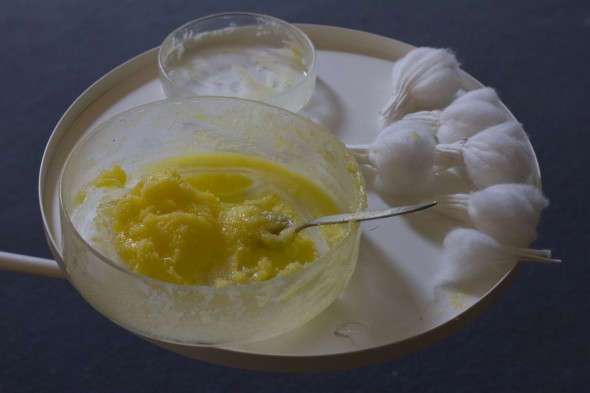
The lights were made from ghee and handmade cotton wicks. “Every morning the ladies of the house prepare all of this because we do this ritual every single day,” Nikita said. “This ritual is about the victory of light over darkness – it symoblizes the victory of knowledge over ignorance, and reminds us to be more humble and be detached from material world.”
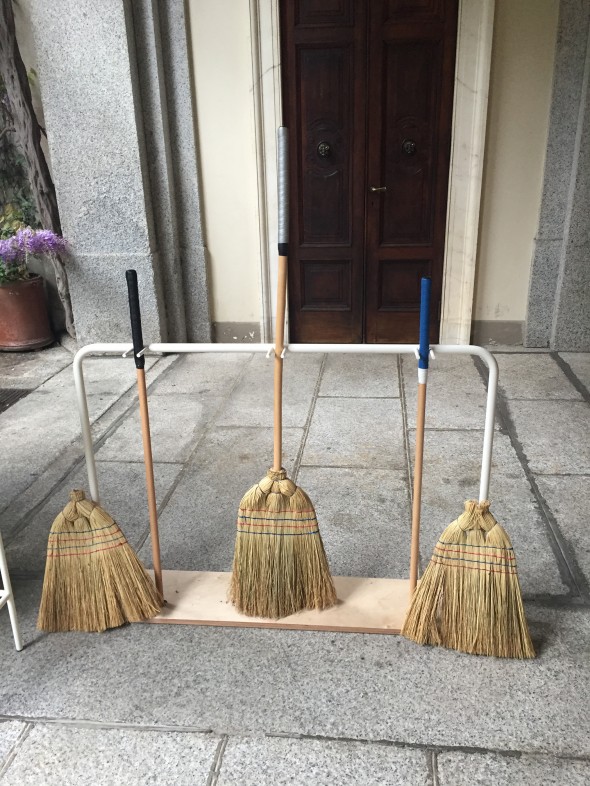
Digital designer Alex Rothera went completely analogue and transported his childhood game of ‘stickball,’ played with the handle of a broom and half a tennis ball, from the streets of Philadelphia to the Palazzo Crespi courtyard.
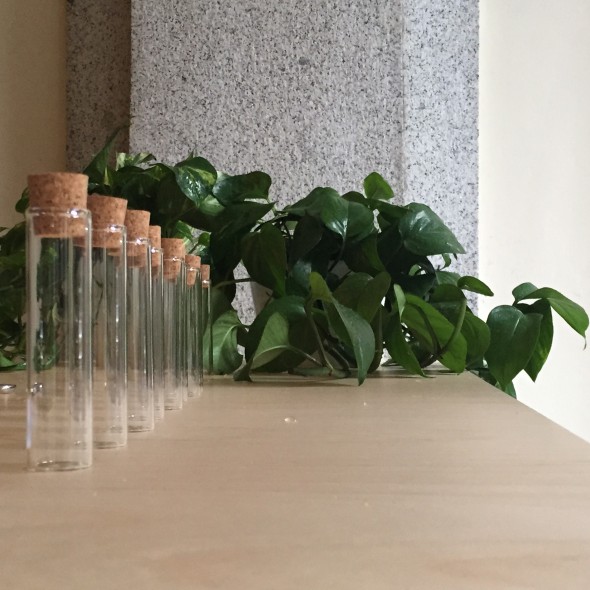
Australian designer Aaron Gillet was creating plant cutting in tiny cork-capped test tubes. “When you go to someone’s house or garden in Australia, and maybe in Britain too, you might take a plant cutting,” he said. “So that’s what I’m doing today. Australia is such a young country – younger than this house, so I wanted to talk about the environment that people are in, and avoid some of the stereotypes.”
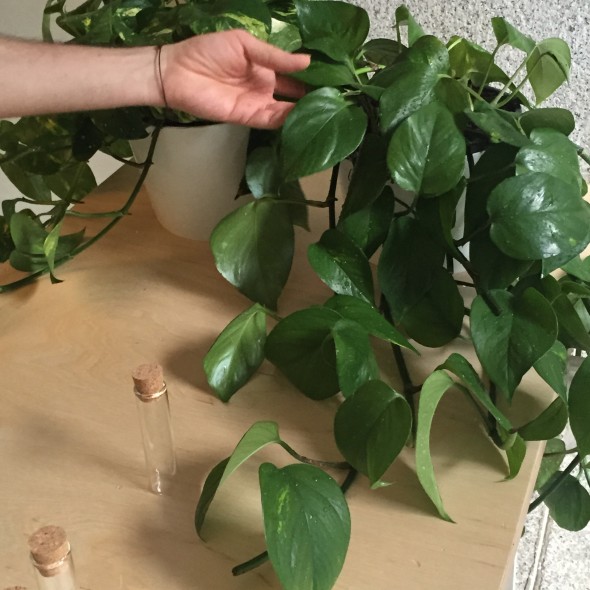
He made a clipping from a native Australian monster for each visitor who could take it home and watch it grow. Mine is on my desk as I type.
Angelo Semeraro’s From Outside to Inside was a motion-sensitive set of wooden hands that welcomed visitors from the outside courtyard into the main house. “The idea is to interpret the non-verbal languages and body language and how passive it is and how you can say something without saying a word,” said the designer. “You get straight to the point and invite people to come from the outside of the house to the inside of the house.”
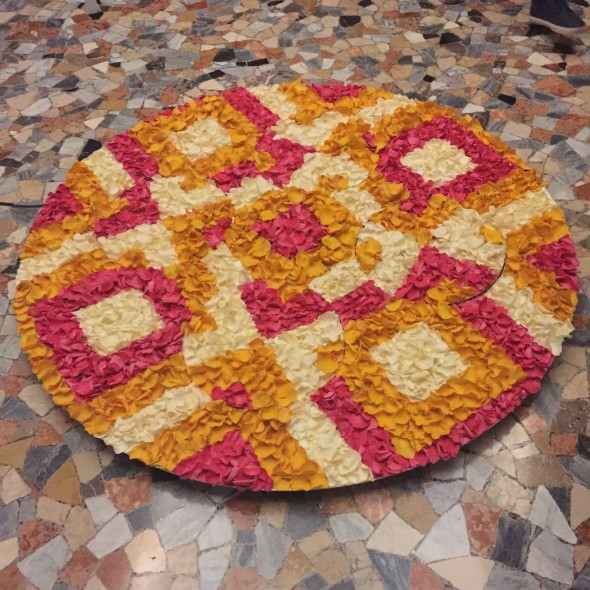
The Welcome Carpet, made from real rose petals by Chandni Kabra was inspired by another Indian ritual. “When we know guests are arriving we make a fresh flower carpet just outside our house door,” explained the designer. “The reason is that when someone comes from outside, their mind is occupied with a lot of thoughts. As soon as they look at something really striking and beautiful, they stop thinking for that moment, and that makes them fall into the present moment, so before they enter the house they’re a bit more grounded.” Being an interaction designer, Chandni added a moving element to the pattern to absorb visitors further.
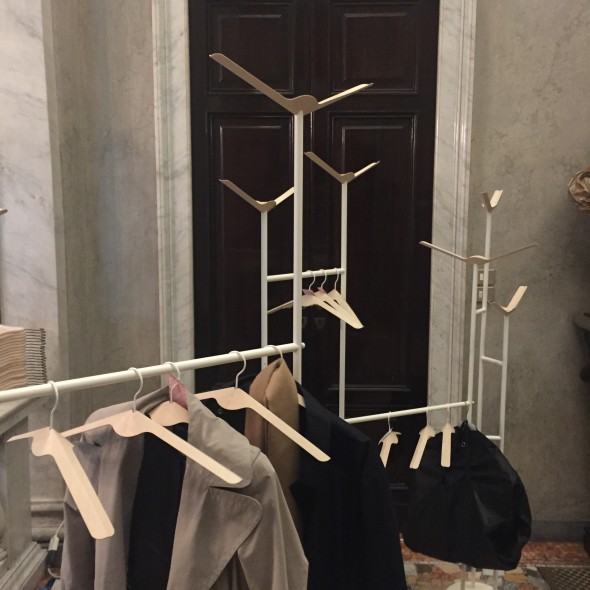
Fabrica’s current design resident Pascal Hien created Foldhanger, coat hangers made from a single sheet of folded plywood, which can also be used as coat hooks when upside down. “I’m from Germany and what we do in Germany when you enter the house as a gesture of welcome is we say, ‘Hey, take off your jacket, put down your bags,” and we hang their coat on a coat hanger, and then the guest feels welcome.”

Another Australian, Thomas Fethers, had created typographic advice and then broken them down into jigsaws. “I’m completing the puzzles with the guests throughout the four day period to make them feel welcome. My personal favorite is ‘Get drunk on boxed wine’,” he said.

Following the idiom that the best way to see a city is to get lost in it, Coralie Gourguechon was making bespoke maps to help visitors do just that. “This is a map, but it’s not a map to find your way – it’s a map to lose your way,” she said. “I fill it with different information created at random for every guest.” By rolling dice, asking guests to name something that might interest them, and assigning letters, she creates directions that can be followed in any city.
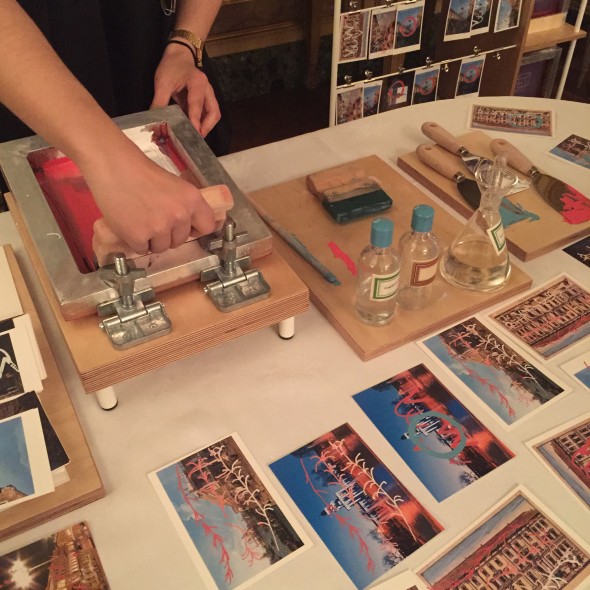
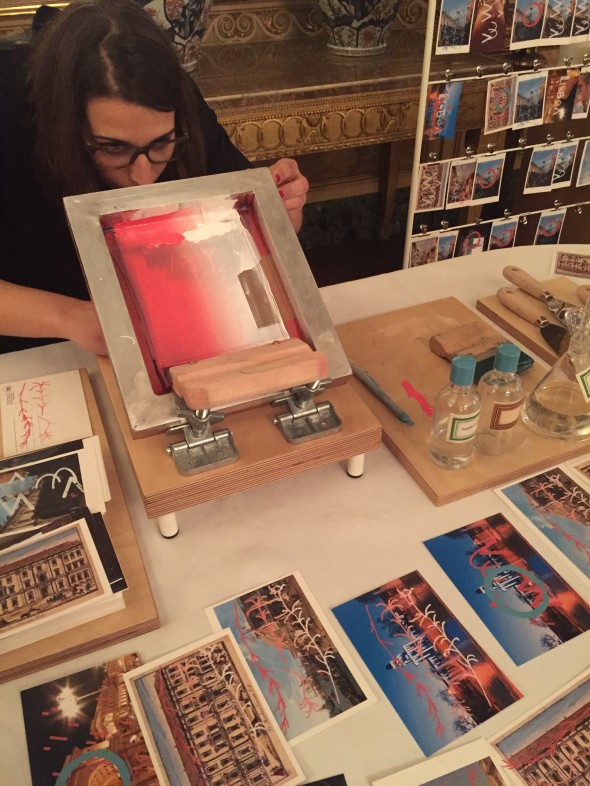
Lisbon-based designer Mariana Fernandes collected postcards from all over Milan and screen-printed graphics that connected Milan to her home city over the top. “The graphics talk about simple facts, simple stories,” she said. “For example I’m printing the rosemary because we use a lot rosemary in cooking in Portugal and the same is true in Italy so these kind of simple facts, when overlapped, create a story.”

Marlene Wolfmair’s Jausensackerl is based on a typical picnic handkerchief and the tradition in her native Austria for a late afternoon picnic or Jause. “I was inspired by the north of Austria where I’m from,” she said. “We enjoy food together with family and friends at tea time and we eat a lot of heavy food, drink beer and sausages, so there’s also this image of the hiking person with the stick with carrying food – it’s very typical.”
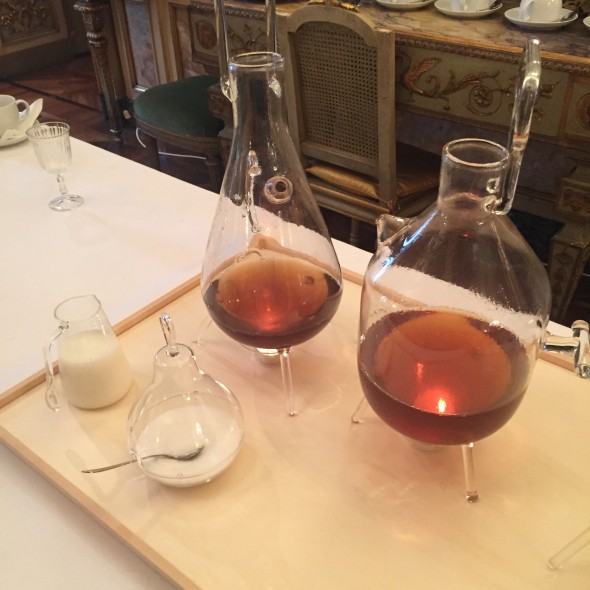
British designer Daniel Rous played with the traditional tea-drinking ritual, creating an intricate hand-blown glass tea station to provide people with refreshment on their visit to Palazzo Crespi.

In Japan it’s customary for guests to bring a gift for the host, but also for the host to give the guest something in return. Japanese designer Tonomi Maezawa
made rubber stamps symbolizing a deconstructed Japanese alphabet, and taught visitors how to print her name and their own onto a cloth bag as a gift for them to take away.
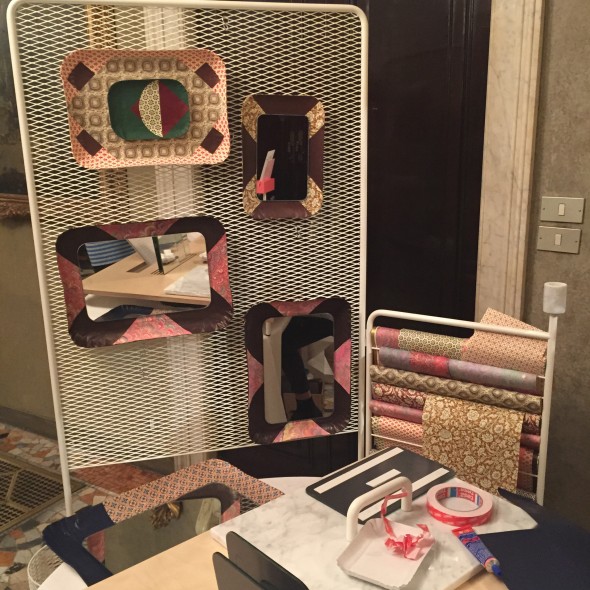
“I start with these paper trays that are like welcoming symbol in Italy – we use them offer pastries,” said Giorgia Zanellato. “I personalise them from papers from Venice, the city where I am from and two mirrors to create a new object and so it becomes a welcome mirror.”

With a spot right outside the (very beautiful) toilets, Marcello Venturini was making scented soaps to signify the special soap that is reserved for guests in many homes. “I like it when people leave one soap for the guest because it’s not just to give something a present to the guest, but it’s also a nice way to say something to the guest: ‘Take your time, refresh yourself, stay a little bit in this intimate space as the bathroom is, we wait for you, no problem’,” explained the designer. “It is also an homage to the city of Milan because I choose three ingredients for the soaps that are connected with three recipes that came from Milanese traditional cuisine, rice for the risotto, yeast for the pannetone and wheat germ for the michetta – a traditional and iconic kind of bread that belongs to the Milanese tradition.”
Housewarming was one of the highlights of Milan Design Week and on a rainy, cold morning, I felt very welcome indeed.



